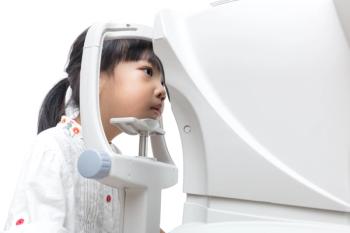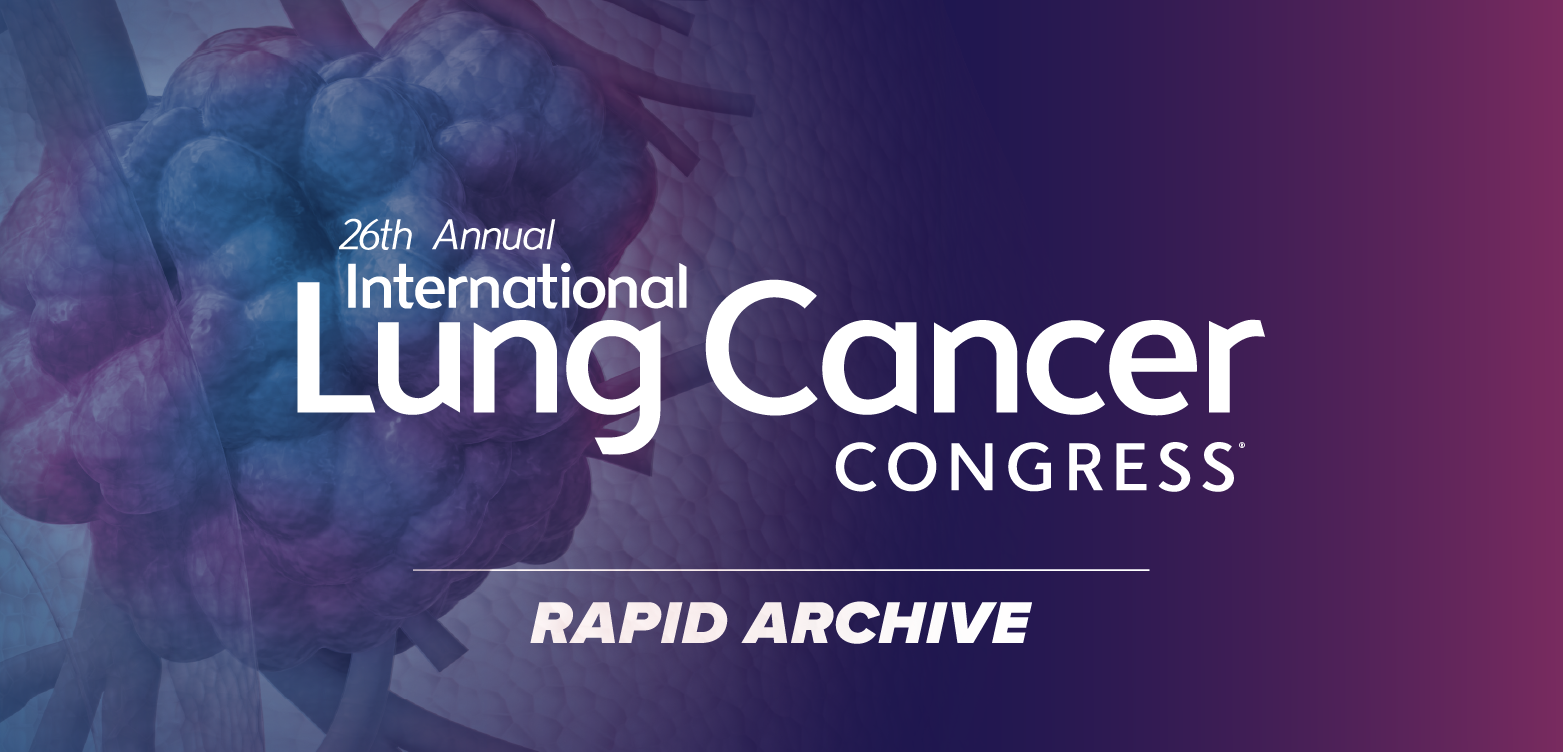
Vision Community Pushes Back Against Proposed Cuts to National Eye Institute
The vision research community rallies to protect the National Eye Institute from funding cuts, emphasizing its vital role in preventing blindness and advancing treatments.
The U.S. vision research community is pushing back against proposals to cut funding for the National Eye Institute (NEI) or fold it into a larger institute focused on brain and dental research.
The Trump administration’s proposed 2026 federal budget would slash NIH funding by 40% and consolidate its 27 institutes into just eight. This includes folding the NEI into a new neuroscience-focused institute. According to the BrightFocus Foundation, the proposal would severely underfund vision research and hinder progress on diseases like macular degeneration, glaucoma and Alzheimer’s—conditions that affect one in seven Americans over age 40 and already place a massive burden on families and the healthcare system.
For 57 years, the NEI has played a key role in advancing treatments and technologies that prevent blindness and restore sight. From the development of imaging tools that transformed how doctors detect eye disease to gene therapies that have restored some vision in people with childhood-onset blindness, NEI funding has driven many of the field’s biggest breakthroughs, according to a news release shared by the leading organizations in the vision community.
The organizations defending the NEI include the American Academy of Ophthalmology (AAO), the Association of University Professors of Ophthalmology (AUPO), the American Academy of Optometry (AAOptom), the Association for Research in Vision and Ophthalmology (ARVO) and the National Alliance for Eye and Vision Research (NAEVR).
They are particularly alarmed by the proposal to merge NEI into a broader Institute on Neuroscience and Brain Research, warning it would weaken the focused research effort that has helped millions avoid or delay vision loss.
“The NEI has upheld its end of the bargain for the American people,” Stephen D. McLeod, M.D., CEO of the AAO, said in the release. “For the sake of the sight of millions, we expect Congress to continue upholding its end.”
In response, the vision community has launched a campaign called #SeeWhatMatters to raise awareness of what’s at stake. The campaign invites patients, doctors, researchers, and others to share stories about how NEI-backed discoveries have improved lives.
One discovery is optical coherence tomography, a noninvasive imaging technique that enables doctors to detect blinding diseases earlier and monitor them more effectively.
NEI-funded research also supported the development of anti-VEGF drugs for age-related macular degeneration, which halt vision loss in over 90% of patients and improve sight in about a third.
NEI also funded the first successful gene therapy for an inherited eye disease. The treatment partially restored vision in individuals with Leber's congenital amaurosis, a rare condition that causes blindness from birth. Researchers are now adapting similar approaches to target other genetic eye diseases, including retinitis pigmentosa.
More recently, NEI-supported research led by Michael Abramoff, M.D., Ph.D., of the University of Iowa, resulted in the first FDA-cleared autonomous AI system in any medical field. The tool, now called LumineticsCore, can detect diabetic retinopathy—a leading cause of blindness—in primary care settings without the need for a specialist. This innovation could help prevent vision loss for thousands of people with diabetes.
Advocates stressed that NEI’s role is more critical than ever. As the U.S. population ages, more people will face vision challenges. Without sustained support, researchers say future treatments could be delayed—or never developed at all.
“Sight is one of our most valued senses, and protecting it depends on sustained investment in both basic and clinical vision research,” Iris M. Rush, executive director of ARVO, said in another release. “The National Eye Institute plays a critical role in advancing discoveries that prevent blindness and restore vision. Continued robust support from the NIH is not optional—it is essential to fuel the breakthroughs that millions of Americans are counting on.”
Vision loss already costs the U.S. economy nearly $200 billion annually in medical care and lost productivity, according to the release.
Experts warned that further cuts to vision research could drive those costs even higher in the years to come. Advocates are urging Congress to maintain the NEI as a standalone institute and continue investing in its mission, as the stakes are too high to do otherwise.
Newsletter
Get the latest industry news, event updates, and more from Managed healthcare Executive.



















































